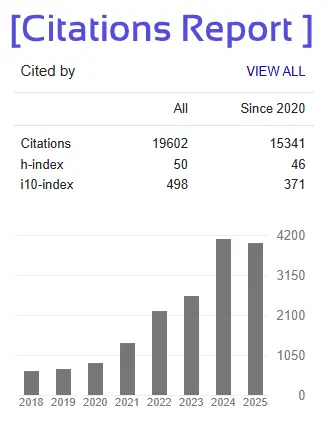AI-Powered Human-Machine Interface for Emotion Monitoring Using EXG Pill
Dr.R.Sathya1, Ms. G.Srinithi2, Ms. S. Rithika3, Ms. S.Yuvakarthyayanee4
1 Assistant Professor, department of IT, Kongunadu College of Engineering and Technology, Trichy
2,3,4 UG Scholar, department of IT, Kongunadu College of Engineering and Technology, Trichy
Abstract -
Human behavior, decision-making, and general well-being are significantly influenced by emotions. Emotion recognition has become crucial for creating user-centered and adaptive systems as artificial intelligence's influence grows. Traditional methods like sentiment analysis of voice, text, or facial expressions are frequently constrained by cultural bias, background noise, or deliberate masking, which renders them unreliable for real-time applications. Because physiological signal-based techniques, especially electroencephalography (EEG), directly record emotion-related brain activity, they have become viable substitutes for these difficulties.
The EXG Pill, a small, non-invasive bio-signal acquisition device that may be used on a daily basis, is used in this work to propose an AI-powered human–machine interface for emotion monitoring. The frontal lobe regions (Fp1, Fp2), which are closely associated with emotional processing, are where EEG data are obtained. Features are extracted following preprocessing procedures such as amplification, filtering, and noise reduction. Two important indicators are employed: Power Spectral Density (PSD), which measures alertness across frequency bands, and Frontal Alpha Asymmetry (FAA), which indicates emotional valence. To identify emotions like calm, happy, sad, and furious, they are categorized using SVM, CNN, and LSTM models.
Emotional states are visualized and adaptive feedback is given via a real-time dashboard. With prospective uses in personalized education, assistive technology, mental health, and emotion-aware interaction, the system exhibits increased accuracy, portability, and usability.
Key Words: Emotion recognition, EEG signals, EXG Pill, Frontal Alpha Asymmetry, Power Spectral Density, Human–Machine Interface, Real-time monitoring, Deep learning, Machine learning, Assistive technology, Mental health, Brain–computer interface.







